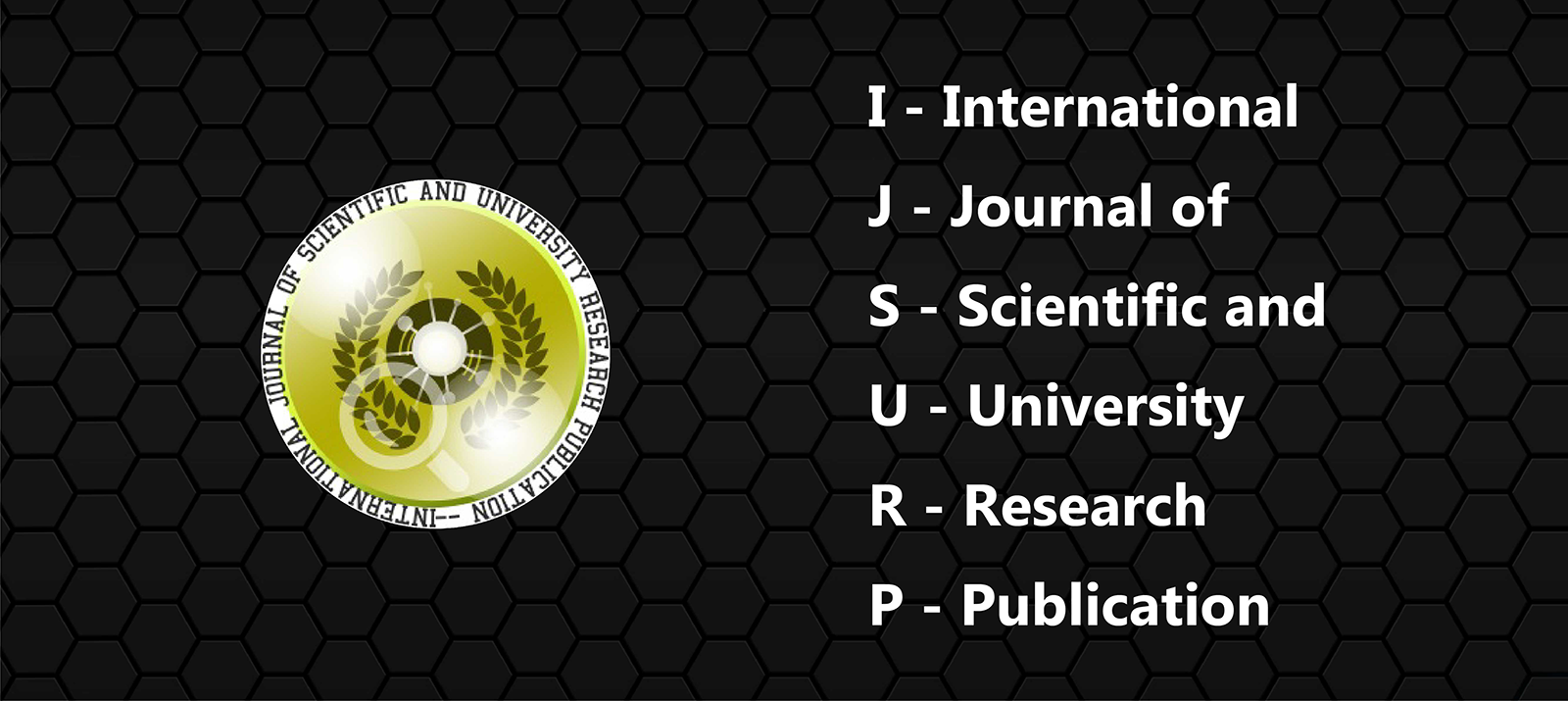DIGITAL TECHNOLOGIES IN BRIDGING THE DISABILITY BETWEEN EMPLOYEE ORGANIZATION RELATIONSHIPS
Volume : v(8), Issue : 9, June - 2017
Abstract : Digital technology breaks traditional barriers to communication, interaction, and transfer of information between employee and employers, it helps in increasing the efficiency in chain of command through the way of delegating authority through management, supervisors, and immediate subordinates. This paper provides an overview of the opportunities presented by the internet and Information’s and communications technology (ICT) for the full participation of employees in various divisions of the organization particularly in the human resources management. This paper proves that digital technology plays a major role in improving the integrity of communication and interaction between employee and organization.
Keywords :
Article: Download PDF Journal DOI : 292
Cite This Article:
DIGITAL TECHNOLOGIES IN BRIDGING THE DISABILITY BETWEEN EMPLOYEE ORGANIZATION RELATIONSHIPS
Vol.I v(8), Issue.I 9




